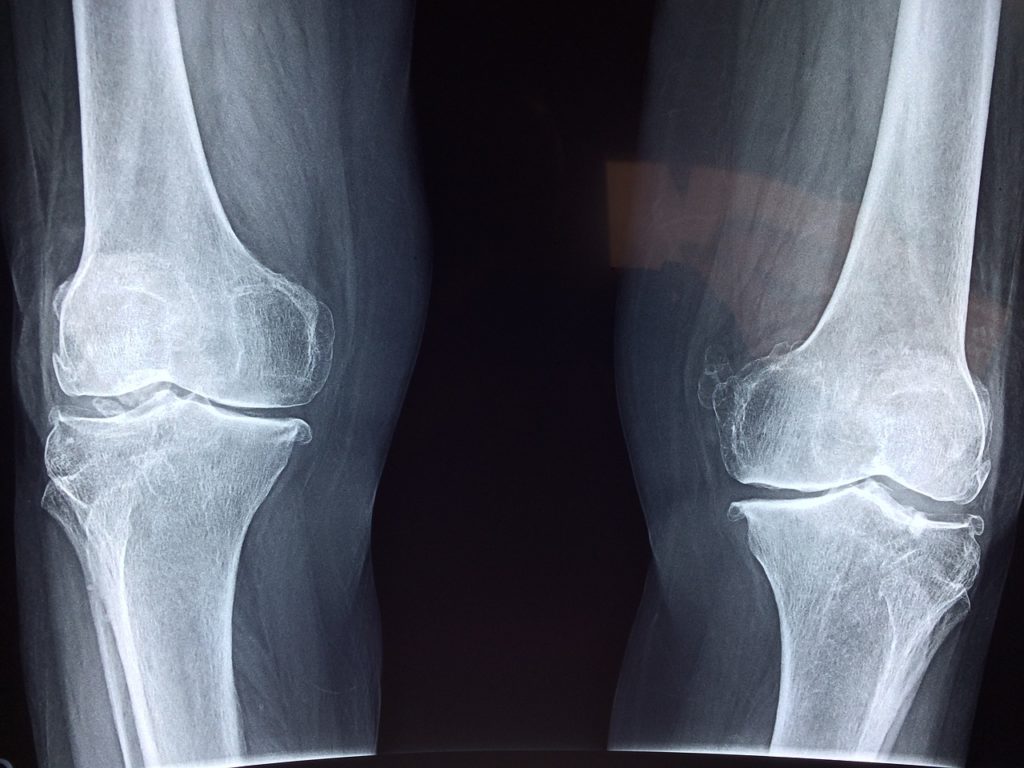By Jack Halpern, CEO, My Elder

Falls result in disability, reduced quality of life, or even death. My Elder discusses why fall-related injuries are becoming so common in nursing homes, and what you should do if this happens.
Falls among nursing home residents occur frequently and repeatedly. According to the CDC, about 1,800 older adults living in nursing homes die each year from fall-related injuries and those who survive falls frequently sustain hip fractures and head injuries that result in permanent disability and reduced quality of life.For an elderly person, a broken bone can lead to many other physical and mental health issues. Different types of nursing home abuse and nursing home neglect can cause broken bones in nursing homes.
Families who place a loved one in a nursing home expect the staff to take care of the elderly family member. Unfortunately, some families find that nursing home staff neglect or improperly care for family members placed in such facilities. Problems like broken bones, dehydration or cuts and bruises are indicators that the nursing home might not offer the care families expect.
How big is the problem?
- In 2003, 1.5 million people 65 and older lived in nursing homes. If current rates continue, by 2030 this number will rise to about 3 million.
- About 5% of adults 65 and older live in nursing homes, but nursing home residents account for about 20% of deaths from falls in this age group.
- Each year, a typical nursing home with 100 beds reports 100 to 200 falls. Many falls go unreported.
- Between half and three-quarters of nursing home residents fall each year.5 That’s twice the rate of falls for older adults living in the community.
- Patients often fall more than once. The average is 2.6 falls per person per year.
- About 35% of fall injuries occur among residents who cannot walk.
How serious are these falls?
- About 1,800 people living in nursing homes die each year from falls.
- About 10% to 20% of nursing home falls cause serious injuries; 2% to 6% cause fractures.
- Falls result in disability, functional decline and reduced quality of life.
- Fear of falling can cause further loss of function, depression, feelings of helplessness, and social isolation.
Related Posts
Does Nursing Home Understaffing Contribute To Resident Falls?
Widespread Discrepancies In Staffing Levels Reported
A Glaring Omission At 2015 White House Conference On Aging
Major Reasons For Falls
- Poor Staffing- In many cases, injuries are the result of understaffing and inadequately trained employees. When nursing homes try to cut corners by not hiring enough qualified staff members, there are simply not enough workers to monitor residents. Because many residents require constant care and supervision, it is easy to see how understaffing can lead to serious injury and even wrongful death.
- Physical Plant Hazard-wet floors, poor lighting, improper bed heights, improperly maintained wheelchairs, or equipment left out of place.
- Overmedication- Giving seniors too much medication can make them dizzy and cause them to lose their balance. When this happens, they can easily fall and injure themselves.
- Malnutrition – Like overmedication, if a senior is not getting the nutrients and food they need because of nursing home neglect, medication complications, or even depression, they can lose coordination and fall.
- Physical Abuse- In my extensive experience with nursing home abuse, the greatest cause of falls and broken bones is abuse or neglect. While it may be hard to think about, there are abusive nursing homes that restrain residents violently. During the evening and night shifts many staff members refuse to answer call bells, causing residents to climb out of bed or void in bed. Of course there are beatings all the time. Your family member may feel embarrassed or scared to tell you about this, so it is important that you take the time to investigate the circumstances of their broken bones. (IF YOU SUSPECT ABUSE YOU SHOULD CALL THE POLICE AND LET THEM SORT IT OUT OR CALL MY ELDER IMMEDIATELY AT 212-945-7550.)
Falls and Broken Bones Can and Should Be Prevented.
Falls can and should be prevented without using restraints. Although restraints (such as bedrails) have often been used for nursing home residents with a history or high risk of falls, studies have shown that limiting a resident’s freedom of movement can actually contribute to fall-related injuries.
Alternative interventions that can reduce the risk of falls include physical conditioning and walking programs, lowering bed heights and removing clutter from around the bed, installing raised toilet seats, fixing or replacing substandard wheelchairs and furniture, using properly fitted shoes, and having enough staff to assist with transfers (i.e. between bed, chair, toilet)—all simple actions and adjustments that cost little to implement but a lot (your loved one’s health and, possibly, life) if they aren’t.
Research on falls reduction has identified several effective approaches to reducing falls risk. Current evidence-based programs exist and can be used to reduce the risk of falls among older adult falls reduction program participants. Still uncertain, however, is how to recruit and retain older adult participants to falls reduction programs.
A recent qualitative study suggests that attending to an individual’s sense of identity when trying to recruit them for falls reduction programming is essential. The authors of the study argue that falls reduction research should consider “the psychosocial effect of a fall on the health and well-being of older people”, or simply, the attitudes, feelings, and social life of the individual. In particular, the authors argue that identity is an important aspect to consider when examining the experience of a fall and falls prevention in general. The authors define identity as “knowing who you are and what is meaningful to you,” and refer to both self-identity and collective identity, or sense of belonging to a group or category.
My Elder provides elder advocacy services to families. Talk to us about long-term planning, finding the right home for your loved ones, preventing crisis and abuse, and ensuring they receive the best care possible.


